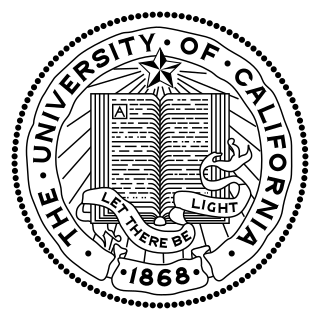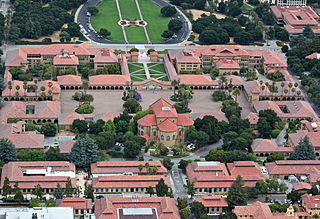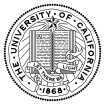Effects
This section possibly contains original research .(September 2011) |
The Master Plan meant that essentially, "anyone from anywhere in California could, if they worked hard enough, get a bachelor’s degree from one of the best universities in the country (and, therefore, in the world), almost free of charge." [16]
The Plan increased overall efficiency in the higher education system, as well as produced greater number of graduates at a lower per-student cost by removing redundancies. This was accomplished by clearly specifying the missions of each system segment, in addition to clarifying what "territory" belonged to each institution.
The Plan established a "rational" planning process for the growth of the university systems. This displaced the state legislature's past tendency to introduce bills to establish new four-year universities in members' home districts, a kind of political pork. In his memoirs, Kerr highlighted the 1957 creation of California State University, Stanislaus as a particularly egregious example of this tendency. [17]
The Plan was inspired in part by Kerr's pragmatic realization that not all institutions of higher education can or should become research universities. As Kerr explained in his memoirs: "The state did not need a higher education system where every component was intent on being another Harvard or Berkeley or Stanford." [18] Faculty members at state colleges regarded them as "graveyards of disappointed expectations" and wished they were located at the research universities from which they had obtained their doctoral degrees. [17] Therefore, the Plan was intended to concentrate state resources at the top, rather than spreading them too thin among far too many would-be research universities. [18] Most other states were unable to restrain the ambitions of their various colleges and universities to become research universities and suffered from "a proliferation of doctoral and costly [ sic ] research programs". [19] For example, Texas promoted too many colleges to university status during the 20th century, with the result that by 2009, only three of the state's universities had achieved the prestigious R1 classification assigned by the Carnegie Classification of Institutions of Higher Education to the most advanced American research universities. It was only in 2009 that Texas belatedly enacted House Bill 51 to specifically promote the development of nationally competitive research universities by creating the National Research University Fund and the Texas Research Incentive Program. By 2019, six more Texas universities had reached the R1 classification. [20]
By setting "rigid" boundaries for each segment of public higher education, the Plan ensured the continued availability of a wide range of educational options for the types of students to be served by each segment. [21] In contrast, mission creep continues to be a serious problem in several other states which failed to impose and effectively enforce such boundaries. For example, as of January 2021, the U.S. Department of Education no longer recognized the Nevada System of Higher Education as having any public community colleges under federal standards, after Nevada allowed its purported community colleges to create too many four-year programs during the 2010s and thereby allowed them to deviate too far from the traditional community college role. [22] The result was that as of 2021, Nevada could not provide its workforce with enough technicians who traditionally earn two-year associate degrees at community colleges, and needed to import them from adjacent states like Arizona and California which still have actual community colleges. [22]
The Plan was the basis for a substantial surge in development in California higher education. Today, many[ citation needed ] credit the California universities for the place the state holds in the world economy, as well as bolstering its own economic makeup with great investment in high technology areas, such as Silicon Valley, biotechnology, and pharmaceuticals.
The Plan has contributed to the massive economic contributions that the UC, CSU, and CCC systems have had to the state and its growth. According to a study by the Regents of California, the UC system is directly responsible for adding about $32.8 billion to the gross state product, which is about 1.8 percent of the total GSP, a key indicator of economic performance. [23]














